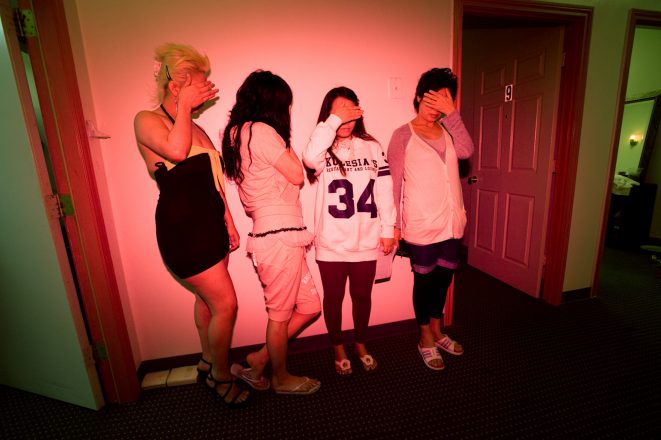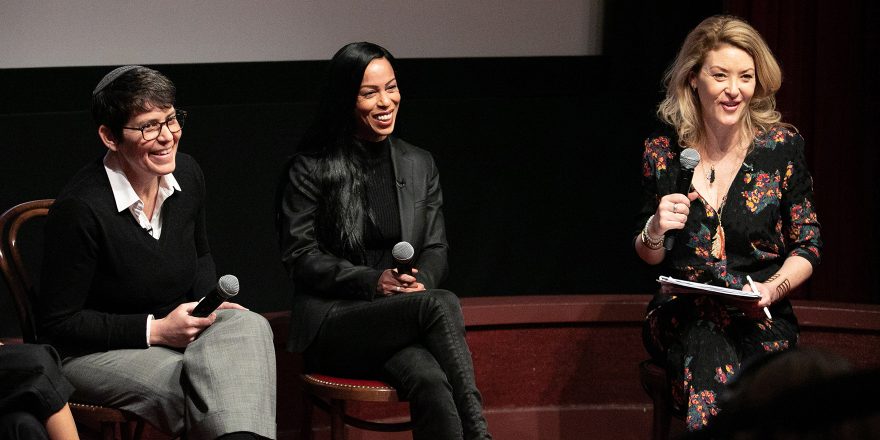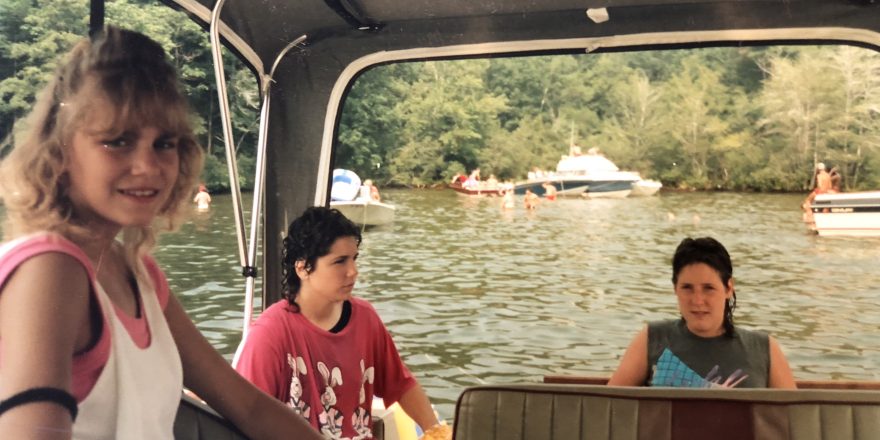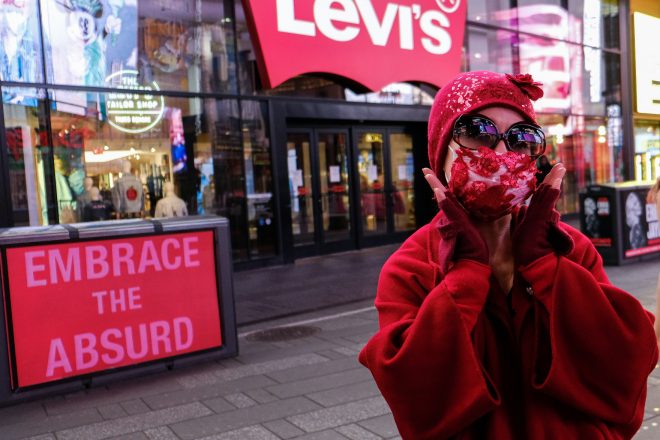Having grown up a refugee from Laos in the Washington, D.C., metro area, Texas always had a mythical appeal to me. It has the allure of the unknown and the intrigue brought on by stories of outlaws, gunfighters and cowboys. So maybe it was destiny that I eventually made my way down south and lived in Dallas during most of my 30s. Texas’ appeal only grew after I traveled to nearly every part of the state in my work as a photographer. It goes way beyond the stereotypical ten-gallon hats and oil money stigmas. Texas has a deep history and an incredible mystery to it. It’s impossible to not be inspired by its people, land and culture – I know I definitely was. But as I reflect back on my time in Texas and the importance it had on me both personally and creatively, I particularly remember one phone call that would change the course of my life. It came in February 2010 from Leslie Baldwin, then the photo editor at Texas Monthly.
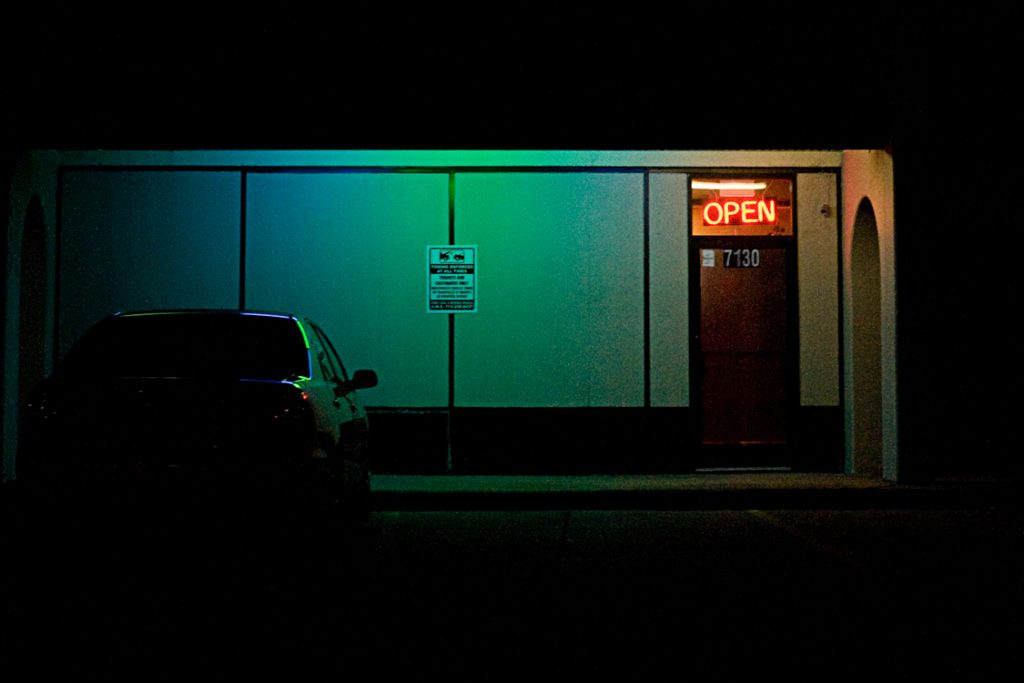
The magazine was doing a story about sex trafficking and asked if I could go down to Houston to take photographs for the story. Little did I know what I was getting into, but that’s the beauty of working as an editorial photographer: You receive assignments that can lead you into contact with new worlds and new people. However, this assignment was more shocking and impactful than I could have guessed. Houston, along with Los Angeles, Atlanta, New Orleans and New York City, is one of the major U.S. cities for human trafficking. I didn’t know that previously. Human trafficking wasn’t on my radar. Leslie explained that there is a two-mile stretch in Houston where there are literally 80 massage parlors. These aren’t normal spas, but rather illegal massage parlors where women are forced to work as sex slaves and, after a few weeks, are shipped to another city or another spa. This was a disturbing fact that took me a while to comprehend and process. But soon all of my ignorance would be gone, and I’d be introduced to the unforgiving world of human trafficking in Houston. My job was to visually capture it as best I could.
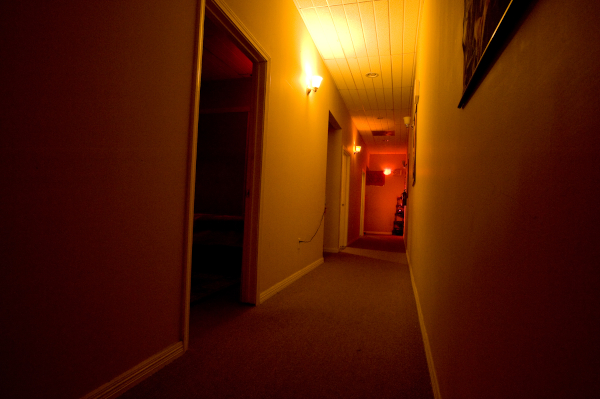
A few days later, I was sitting in a sheriff’s car parked in a Houston parking lot, my camera in my hand. My assistant was in a separate car with a deputy, as we all got ready for a midday raid on a massage parlor. The deputy called the johns we were going to arrest “nooners,” because they would visit these brothels during their lunch hour. It happens every day. We were with a task force focused on shutting down massage parlors operating without a legitimate license. Once the undercover officer gave the signal, we all converged on the building and entered. It was a scene straight out of a cop movie. My heart was racing and my eyes were as wide as can be as we marched through the massage parlor. Then, as the deputies rounded up the men, you could feel the fear in the johns’ eyes. They were from all walks of life and knew they were busted. There was a busboy, an attorney, a business owner, and a husband who begged the cops not to tell his wife. All with excuses as to why they were there.
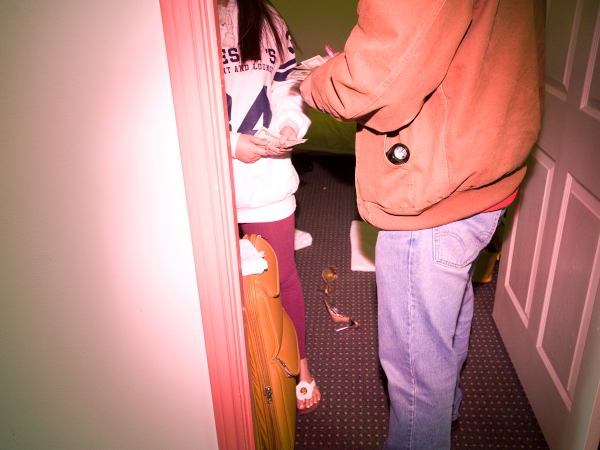
But it was when the women came out that my jaw dropped and the lump in my throat grew even bigger. They were all Asian and numb to the chaos. Their souls had been snatched away long before all of this. They all looked like my sister, my mom, my cousin. Some older and some younger. Seeing them like this made me sad and sick. I couldn’t even imagine their pain and suffering, or what they’d been through.
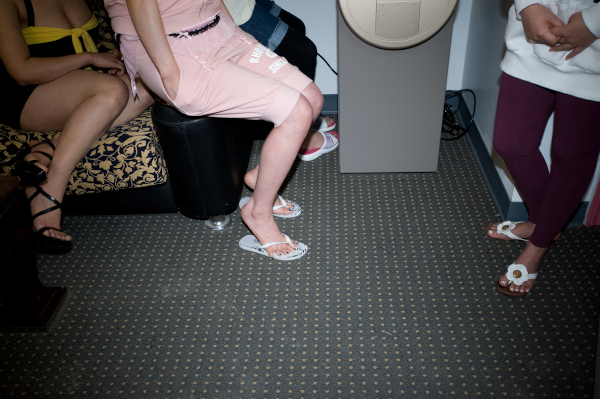
As I kept roaming the massage parlor, I saw rooms most people don’t get to see. The conditions were awful. These johns likely never knew that these women were held captive there, in these cramped windowless rooms with security cameras everywhere. What I witnessed was so overwhelming that it didn’t make sense to me. I needed to know more – how and why this was happening. After we finished up the job in Houston, I applied for and received a fellowship from the Polaris Project, a leading non-profit organization in Washington, D.C., dedicated to combating human trafficking and modern-day slavery. I spent that summer trying to understand what went down in Houston.
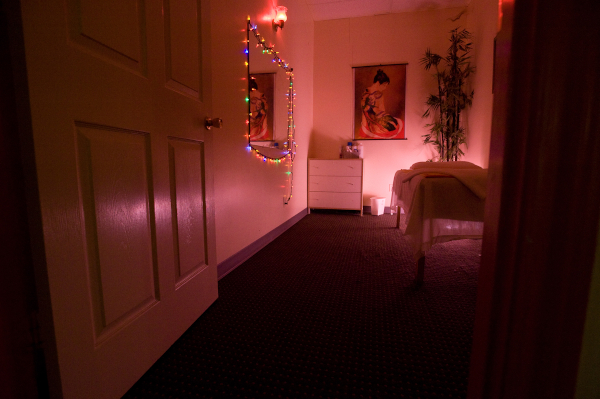
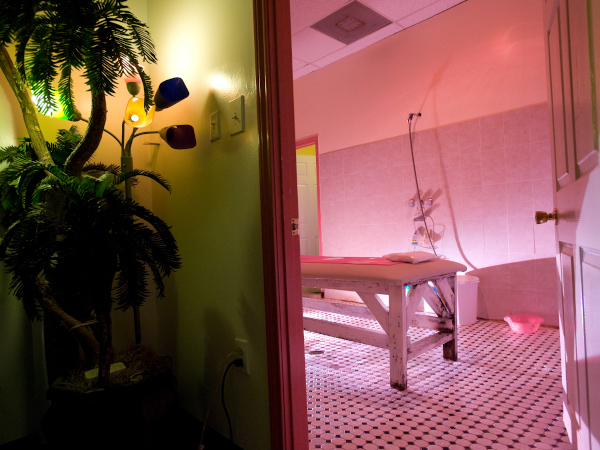
What I learned that summer is that although we think prostitution is rampant in other parts of the world – in Africa, Thailand, Dubai or the slums of India – here, on U.S. soil, people’s sexual appetites consume them just as violently as anywhere else. The signs are everywhere, glowing and flickering day and night with words like Spa, Sauna, Relaxation, Massage and Bathhouse. These businesses advertise online and on the back pages of city papers, with phone numbers, pictures, and promises of a good time. The reason? It’s pretty simple economics: Demand for it is through the roof.
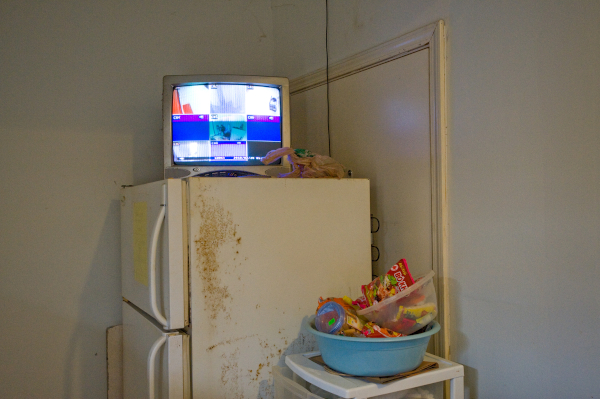
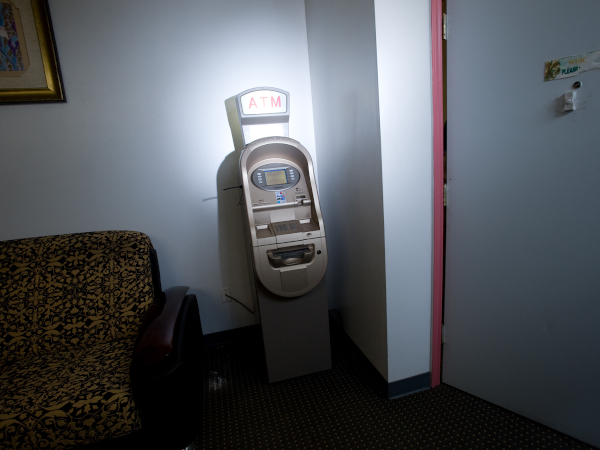
The day of the raid, the deputy told me how to tell a legitimate massage parlor from a brothel. He said if the windows are blacked out and there’s only a neon sign, then it’s most likely holding trafficked victims. You can spot them in most strip malls. However, there’s no doubt the underworld sex trade is unbelievably ruthless and very real. Even to this day, there are so many victims facing deadly threats, sexual violence and little hope. This realization stuck with me when I started writing my new film, All Roads to Pearla. It was the first time I knew I wanted the sinister world to be its own character. I also wanted to examine people immersed in abusive relationships, as well as how our definitions of love and lust often blend together. My time in Texas certainly influenced and guided the type of stories I like to tell. I was sent on other amazing assignments, but none left as much of an imprint on me as this one.
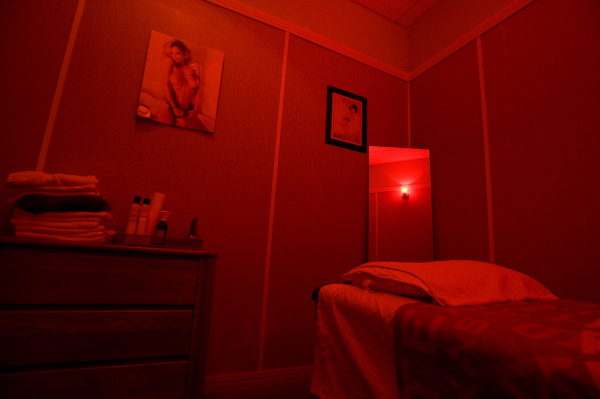
The photos I took that day were part of Mimi Swartz’s powerful piece, “The Lost Girls.” I highly recommend taking the time to read it.
All images by Van Ditthavong, used here with permission.


